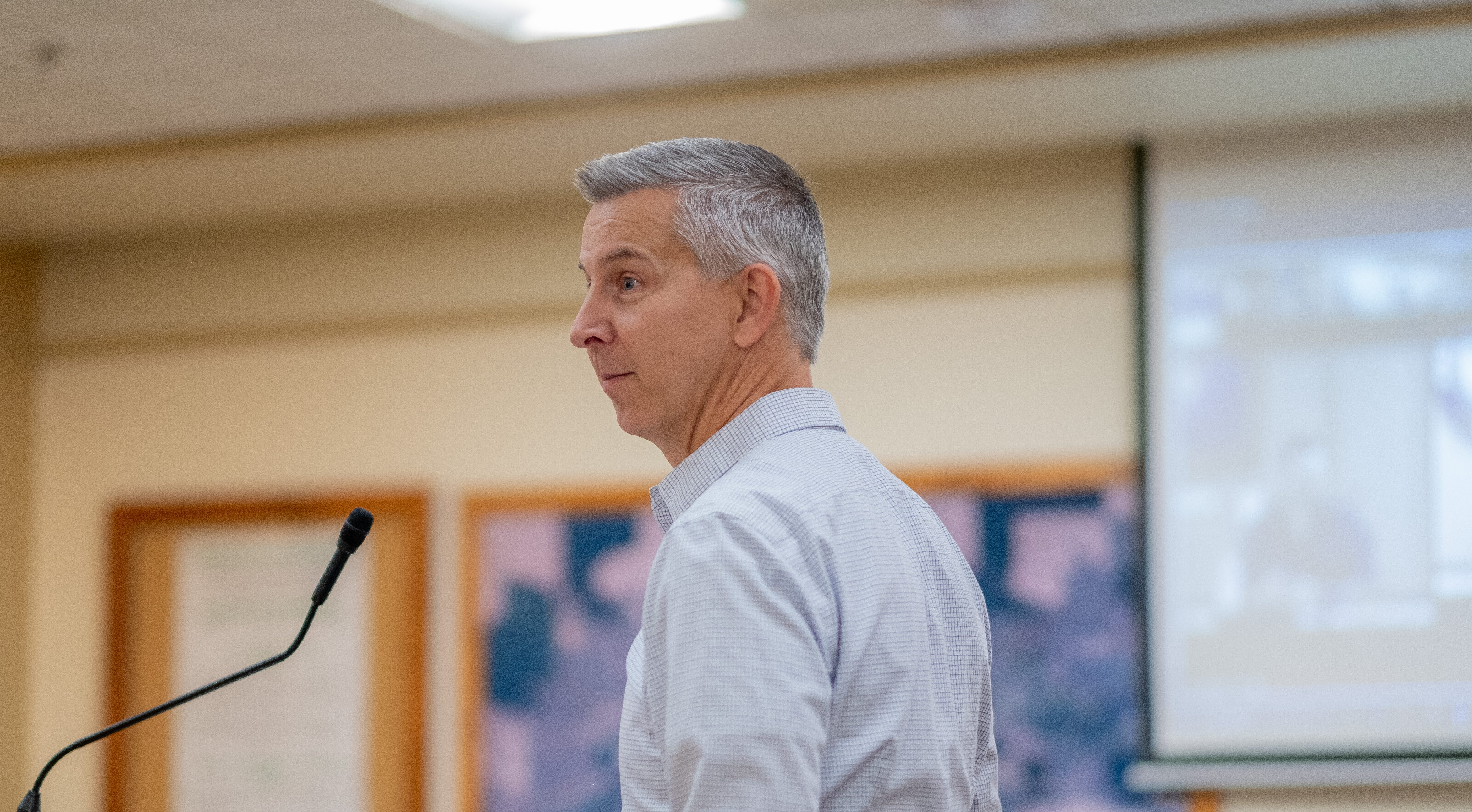Other views: To save community college, consider a K-14 structure
Published 6:00 am Saturday, March 13, 2021

- Puzey
A few days ago, I wrote about what I believe is the foreseeable and inevitable insolvency of Blue Mountain Community College under the present model of operations and funding.
In my opinion, the greatest impediment to the community college system in Oregon is financial dependence on the discretionary portion of the state budget. As mentioned in the earlier piece, that is not the case with K-12 and higher education.
Trending
In the private sector, when an enterprise is struggling with cash flow to the point of probable insolvency or bankruptcy, there are often conversations about mergers, acquisitions, dissolution or divestiture of assets. I have been mulling these options over in my mind for quite some time.
In order for Blue Mountain Community College to come under the mandatory state budget umbrella, I have wondered about K-12 expanding to K-14, which is something that we are currently doing through dual-credit enrollment and advanced placement courses. Under this model, motivated high school students could continue to earn enough credit for an associate’s degree upon graduation from high school.
The Baker City Center could be acquired by the Baker School District and the center could be converted into the Baker Technical Institute (BTI), which has been discussed in the past.
Again, the funding would be under the mandatory umbrella of K-12 or K-14.
Similar discussions could take place with respect to facilities and services in Hermiston, Boardman and Milton-Freewater.
The Hermiston School District could acquire all of the BMCC facilities associated with the Hermiston Higher Education Center and function as K-14.
Trending
A possible merger or acquisition of assets could be that Oregon State University takes over the facilities and instructional responsibility of the Precision Agriculture building located at the Hermiston Agricultural Research and Extension Center outside of Hermiston.
The Pendleton campus and facilities could be acquired by Eastern Oregon University.
State funding would become mandatory instead of discretionary, bachelor’s and master’s degrees could be awarded from the local university satellite, and Pendleton would become a “university” town instead of a “college” town overnight.
Sports teams and associated scholarships would become four-year instead of two-year, and each of these proposals might better fit contemporary needs based on what falling enrollment has demonstrated over the past decade.
I’m not an expert in the matters I have suggested herein, but as a private citizen, I would like to see conversations take place around these proposals by those who are closer to the delivery instruction and the management of these public services and assets.
I think it’s conceivable that a collaborative approach to rectifying what I have described as a flawed system might generate sufficient interest to lobby for funds to conduct a thorough, comprehensive and detailed feasibility study of these suggestions and myriad other matters that may or may not be viable under closer scrutiny.
I openly call upon officials in K-12, higher education, BMCC, governing boards, and elected officials to consider a more viable educational future for the region.
Do you have a point you’d like to make or an issue you feel strongly about? Submit a letter to the editor or a guest column.









